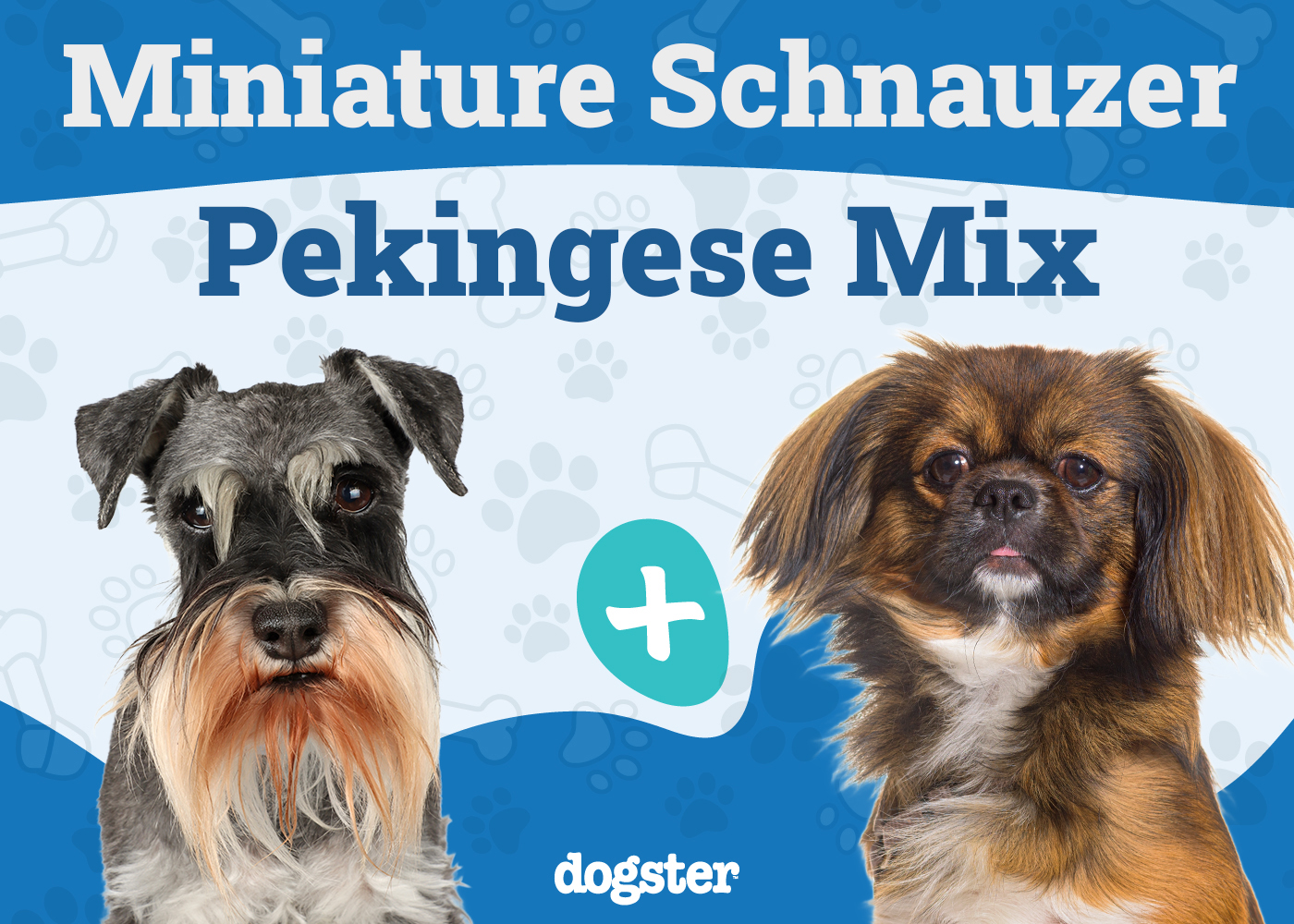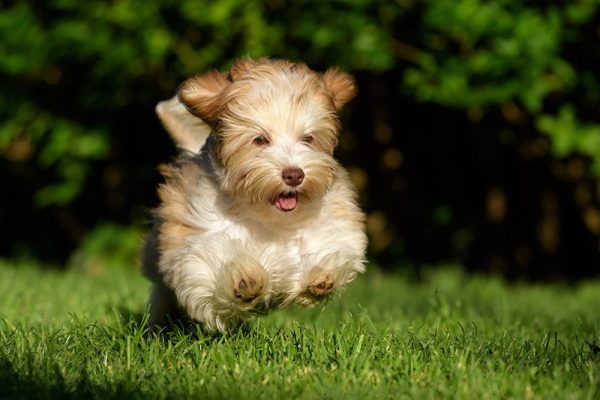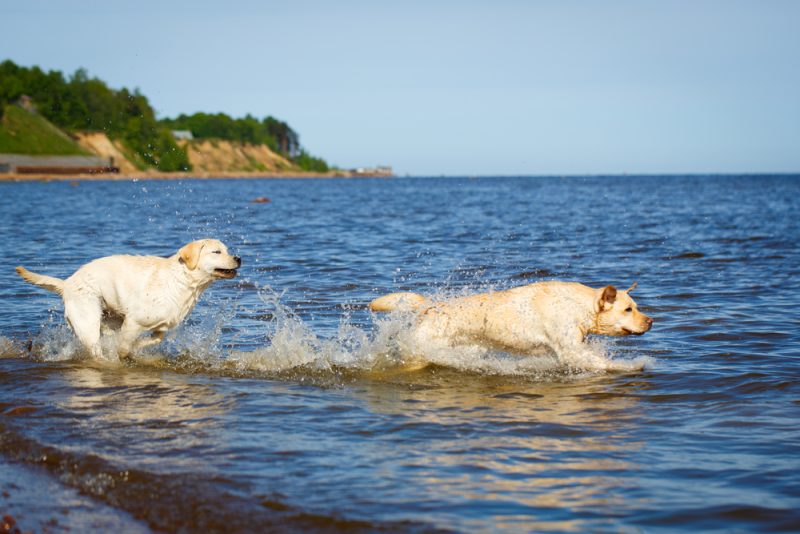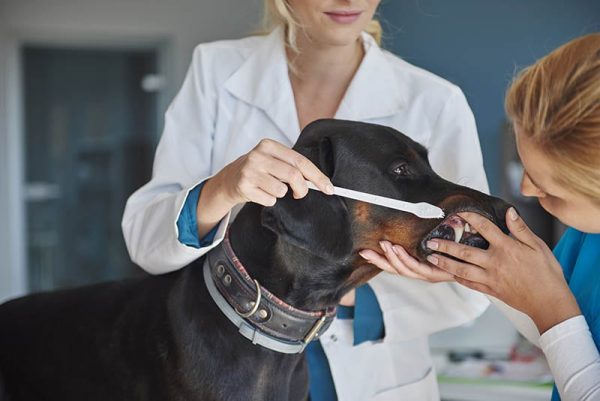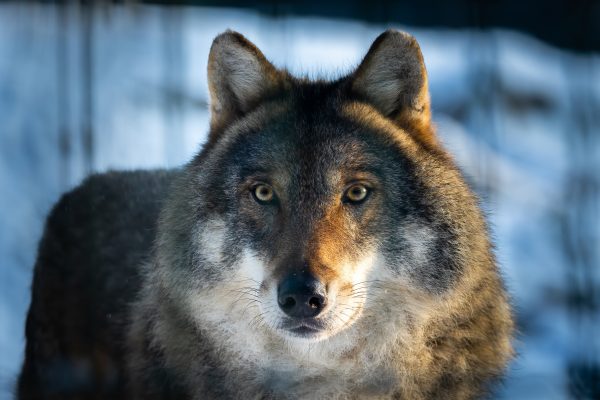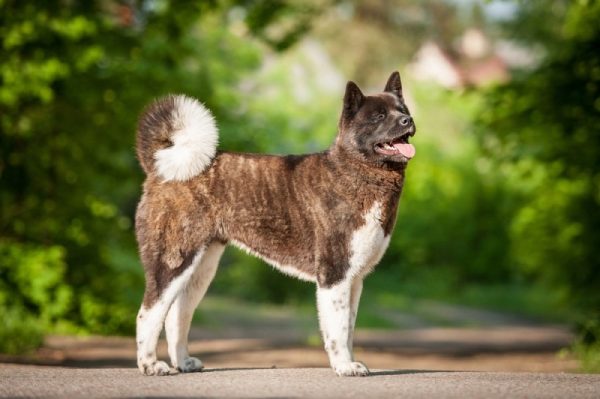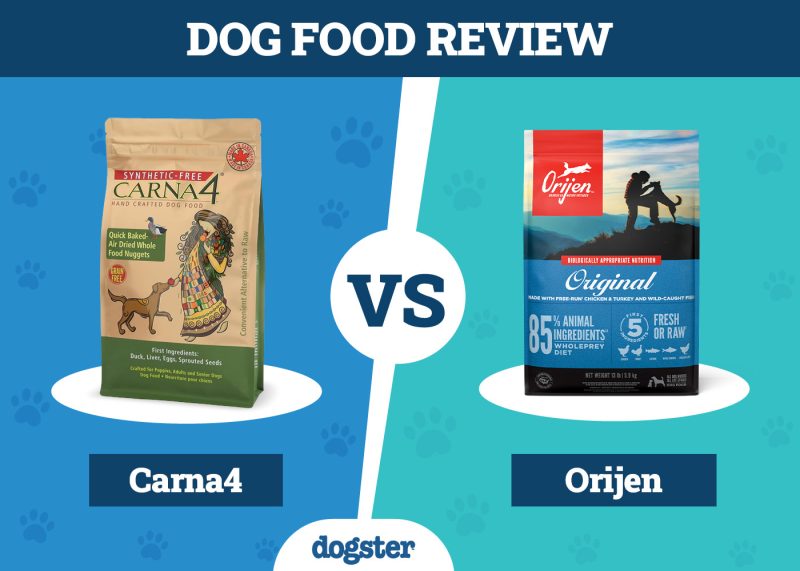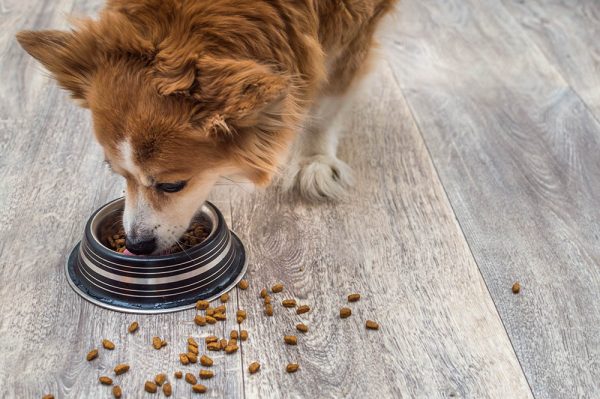In this article
View 8 More +A Schnekingese is a cross between a Pekingese and a Miniature Schnauzer. This is an active dog that can look more like one parent than the other, both in facial features and coat texture. While they were bred to be a 50/50 mix of each parent dog, this isn’t always the case. Dogs of this breed can look and act differently.
Breed Overview
Height:
6 – 14 inches
Weight:
10 – 20 pounds
Lifespan:
12 – 15 years
Colors:
White, black, grey, fawn, tan, chocolate, or a combination of these
Suitable for:
Active families, those with older children, homes without small pets
Temperament:
Affectionate, lively, energetic, social, high prey drive
This sturdy little dog loves to play and be with people. They can be calm and well-mannered inside the home if they get enough exercise and time outside. Make sure they only play in fenced-in areas if they’re off-leash. This dog has a high prey drive and will bolt after any small animal that they see.
The Schnekingese is a highly vocal dog that barks when they’re excited, when they’re alerting people to someone approaching, and for no reason at all. They’re always on alert and make good watchdogs. If this sounds exactly like the kind of dog that you’re looking for, read on for more information about this designer breed.
Schnekingese Characteristics
Schnekingese Puppies
When looking for a Schnekingese, you’ll want to consider more than one breeder to find the one that is right for you and to make sure they’re ethical breeders. The breeder should always be willing to let you see the facility or home where the puppies live. You should also be able to meet the parent dogs. Before you hand over your money for the cutest puppy in the bunch, make sure they come with their first sets of vaccinations and a deworming dose.
Schenkingese puppies might be hard to find in shelters and you may be getting an older dog and not a puppy, but you’re saving a life in the process. Breed-specific rescues also exist. Pekingese and Miniature Schnauzer rescues may have litters of Schnekingese puppies available.
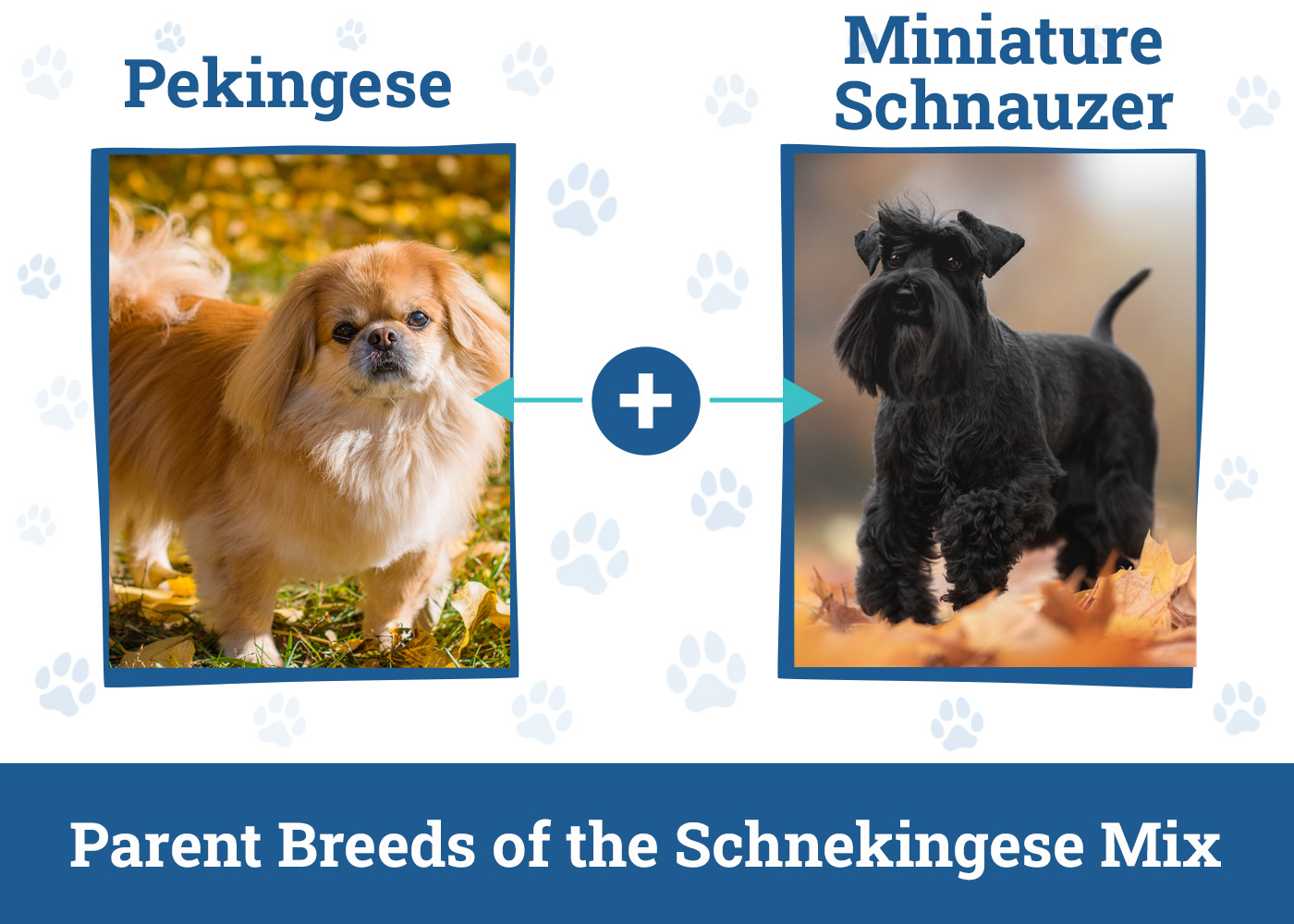
Temperament & Intelligence of the Schnekingese 🧠
The Schnekingese has an affectionate and playful temperament. They are intelligent dogs that can be trained but might be vocal during training sessions. Training and socialization should be started from the moment that you bring your dog home. The earlier they begin learning how to properly behave, the more successful they will be.
These lively dogs want attention and playtime, and if you aren’t quick to provide it, they will bark until you do. It’s all part of owning a feisty and loyal dog that wants love and to be near their family members.
Are These Dogs Good for Families?🏡
Schnekingese love people, so a family setting is ideal for them. They will also do well with one owner who is home enough to give the dog the attention that they need. They can be wary of young children, especially if they feel overwhelmed by them. They are best for families with older kids.
Does This Breed Get Along with Other Pets?
They get along with other pets, especially if they’re socialized with them while young. Growing up in the same household as other pets will be the easiest way for this breed to get along with everyone.
Schnekingese have high prey drives and shouldn’t share a home with small animals that they could possibly chase and capture. This means no guinea pigs, rabbits, hamsters, ferrets, etc. This is an instinct and can’t be trained out of the dog. If you do bring this dog into a home with small animals, it’s never safe to leave them together unsupervised.

Things to Know When Owning a Schnekingese
Food & Diet Requirements
The Schnekingese require high-protein, high-quality food each day to keep them healthy. Due to their size, this means roughly 1 cup a day split into two meals. The amount of food that your dog needs will be determined by their age, activity level, weight, and health conditions. Dry kibble is the easiest way to give your dog all the nutrients that they need. The first ingredient on the label should be protein from an animal source. Always ask your veterinarian what type and how much food is best for your specific dog.
Exercise
This active dog will love long walks or playtime in a fenced-in area. They also enjoy games of fetch for as long as you are willing to throw a ball or toy. The fenced-in area is important because of the breed’s prey drive. Just as they should be watched closely around small animals in the home or not live with them at all, they can immediately stop chasing a ball and start chasing a squirrel or chipmunk that darted out and distracted them. Since this drive is so high, simply calling them back may not be enough to get their attention. To avoid a potentially tragic situation, never let your dog off the leash in an area that isn’t enclosed.
By giving your Schnekingese the proper amount of exercise each day, they will be more comfortable living in an apartment or condo. Small spaces are fine for these dogs as long as they have a chance to burn off their energy.
Training
This dog cannot focus on anything else if they spot an animal to chase. Keep this in mind during your outdoor training sessions. This smart dog wants to pay attention but can be easily distracted. Training might go slowly, but they will eventually learn what you’re showing them. Consistency is necessary for this breed.
High-value treats, like small pieces of chicken or steak, that the dog only gets during training sessions will help you hold their attention for longer periods.
Socialization is also necessary to ensure that your dog gets along with children and other animals. Dogs that aren’t properly socialized can develop anxiety and fear of new situations. Positive encouragement will help your dog learn that new things can be fun and exciting.
Grooming ✂️
Grooming needs for the Schnekingese depend heavily on which coat the dog inherited, the Pekingese or the Miniature Schnauzer. Each has different grooming requirements.
If the coat is long like the Pekingese, it will need regular brushing. Clipping is necessary depending on how short you want the coat to be. Longer coats also get dirty quickly, so bathing is necessary. For dogs with shorter coats, only brushing is required when necessary, and haircuts and baths can be at your discretion. Too many baths may dry out the coat and skin, so only bathe your dog once a month for either coat type.
Routine nail clipping is required to avoid paw injuries from overgrown and broken nails. When clipping nails, use this time to also check the ears for signs of infection. Wipe the ears clean with a cotton ball and mild ear cleanser. Look for any redness, swelling, or foul odor.
Brushing your dog’s teeth will help keep dental problems at bay, and smaller dogs are known for having poor dental hygiene. To possibly avoid problems in the future, keep your dog’s teeth as clean as you can.
Health and Conditions
Schnekingese are healthy dogs but can inherit genetic health conditions from either parent breed. Here are several to look out for if you own this dog. Regular vet visits are the best way to diagnose and treat any conditions from the start.
- Cataracts
- Cleft palate
- Urolithiasis
- Keratoconjunctivitis sicca
- Mitral valve dysplasia
- Patellar luxation
- Portosystemic shunt
- Sick sinus syndrome
Serious Conditions:
- Patellar luxation: A condition where the kneecap becomes dislocated and slides out of the groove in which it normally lies
- Portosystemic shunt: Due to a birth defect or the cause of liver disease, a blockage of the portal vein that causes blood to bypass the liver
- Sick sinus syndrome: A condition caused by the sinus node failing to trigger the heart to contract, so it stops beating
Minor Conditions:
- Cataracts: A clouding of the lens that filters light in the eye
- Cleft palate: An opening in the tissue that separates the mouth and nose when the two cavities don’t grow properly
- Urolithiasis: Mineral deposits that form crystals anywhere in the urinary tract
- keratoconjunctivitis sicca: Dry eye in dogs, causing inflammation of the cornea and surrounding areas
- Mitral valve dysplasia: Blood regurgitation in the heart, leading to heart murmurs and congestive heart failure
Male vs. Female
The decision to get a male or female Schnekingese is a matter of personal preference, but there are a few noted differences in each parent of this breed. Schnekingese puppies will take on traits from either parent and there’s no guarantee that each dog will have the same personality.
When it comes to dogs, they’re individuals with their own preferences, characteristics, and quirks. When choosing a puppy, it’s best to go with the one that you connect with and feel drawn to.
However, when it comes to males and females, there are anecdotal differences between the parent breeds of the Schnekingese.
- More affectionate
- Larger in size
- More aggressive
- Less social with other animals
- Hyper
- Matures slower
- Highly playful
- Dependent
- Smaller
- Less excitable
- More attentive
- Bonds quickly to people
- Matures faster
- Focuses easier
- Independent
3 Little-Known Facts About the Schnekingese
1. Their coats can be either long or short.
The Schnekingese can have a coat that is long and coarse, like their Pekingese parent. They can also have a coat that is short and wiry, taking on the trait from the Miniature Schnauzer. With either one, they will require grooming.
2. Schnekingese prefer older kids only.
Schnekingese can get along well with children if they’re older and treat animals with respect. Younger children may accidentally overwhelm them, and these dogs won’t tolerate that well.
3. They can tolerate cold weather more than other small dogs.
This doesn’t mean they should be left unprotected in the elements, however. Schnekingese are still at risk for hypothermia and frostbite the same as any other breed. However, their tolerance for cold weather comes from the Pekingese, which was bred to endure the cold winters of Beijing.

Final Thoughts
The most important thing to remember with this breed is their prey drive. If they spot something to chase, not much will stand in their way. Leashes and fenced-in areas are musts for this dog.
While this is a good family dog, they may not be best for those with very small children. This dog is easily overwhelmed by toddlers and may not react well to their movements and sounds.
Whether you get a male or female is up to you, and both make wonderful pets. You can find this dog through breeders or you can adopt through a rescue. By choosing to adopt your dog, you’re saving a life and opening a spot for another dog to be saved. If you’re purchasing a puppy, be sure to research the breeder and only buy from responsible sellers.
Choosing to welcome a Schnekingese into your home will give you a funny, entertaining, and loving companion for years to come. This highly active, sweet little dog will be happy living in a farmhouse or an urban apartment as long as they are around their people.
